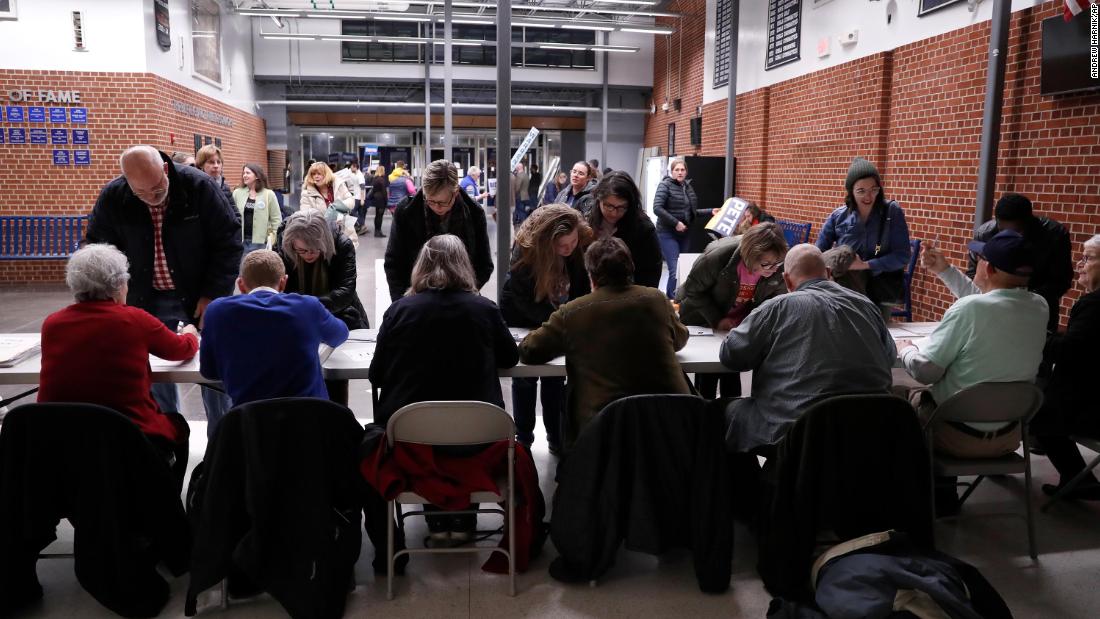[ad_1]

The lack of a large turnout is the latest sign that Democrats may not be nearly as enthusiastic now as they were heading into the midterm elections.
Correlating presidential primary turnout with general election success is hard to do. Turnout is obviously lower when there isn’t a competitive primary (i.e. at least two competitors going at it), and the number of contests that are competitive within a primary differs from year to year.
Still, the lack of high turnout in 2016 compared to a similarly long primary in 2008 did foretell problems for Democrats in the fall. If the pattern continues, it also calls into question any candidate who claims that he or she will be able to bring out new voters in the fall.
Some of the lower Democratic turnout in the 2020 Iowa Democratic caucuses could be because caucusgoers were overwhelmed by the large number of candidates (though there were plenty in 2008). Some of it could be that Iowa is becoming more Republican. Additionally, impeachment has caused the primary season to not dominate the headlines as it has in past years.
But we can look to other indicators to suggest enthusiasm is down for Democrats.
Look at the special elections compared to the Democratic baseline, for example. State legislative and congressional special election performance has correlated well with general election success over the last few decades. Oftentimes, that success is tied to advantages in turnout.
We can also examine actual polling data about enthusiasm. CNN asks voters how enthusiastic they are about voting in the upcoming election.
Now, you don’t need to be an enthusiastic voter to cast a ballot. Common sense does suggest, however, that you’d rather have enthusiasm on your side.
Democrats may not have as much of an advantage on it than they used to.
[ad_2]
Source link

